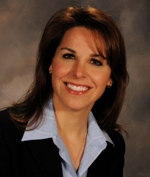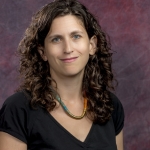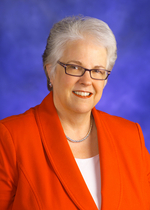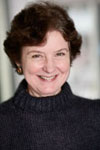
Kelly Seward
Kansas City Celebrates Artists at Work (from The pARTnership Movement)
Posted by Mar 29, 2012

Kelly Seward
Spring is my favorite time of year because companies across Kansas City begin luring artists, writers, musicians, dancers, and filmmakers from their cubes for the sixth annual Art@Work corporate arts festival.
When the program began in 2007, I believed Art@Work was about showcasing the arts in all of its various forms. I know now that it’s about showcasing people.
Two years ago, Pat Wigley, a cable lineman at Kansas City Power & Light, created a sculpture of a wind-bent tree using the overhead line he works on every day. His co-workers awarded Into the Storm a first place ribbon and advanced Pat’s sculpture to our city-wide competition.
During the opening reception, I was approached by a teenage boy who saw the piece and wanted to know more about it. After we found Pat and his wife in the crowd, the boy energetically shook Pat’s hand and exclaimed, “It’s an honor to meet you, sir. You’ve inspired me to become an artist.” Pat looked confused but his wife absolutely beamed.
The two talked for a while about electricity, wire-bending techniques, and inspiration. Before he left, the boy shook Pat’s hand again and said, “I’m going home to start making art right now.”
Read More














